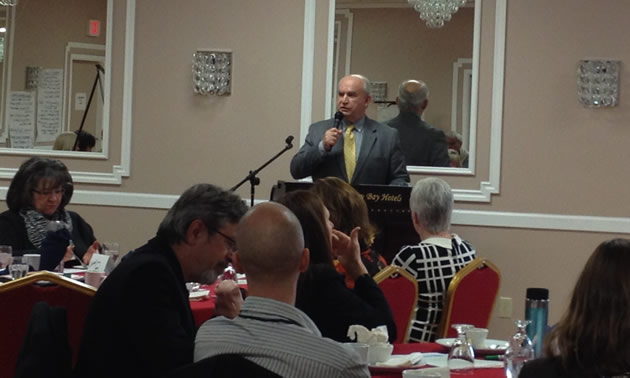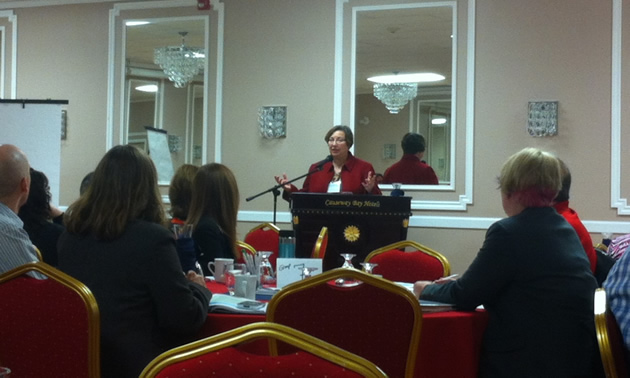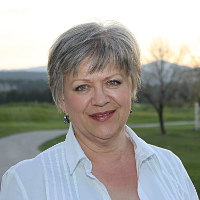Setting the economic compass
Regional economic collaboration was the focus of a forum held in January in Sparwood, B.C.
In January 2014, B.C.’s Ministry of Jobs, Tourism & Skills Training held a meeting in Sparwood, B.C., for regional leaders, focusing on goals that will promote economic development in the Elk Valley. This meeting—the Elk Valley Regional Economic Collaboration—was facilitated by Diana Brooks, regional director of the South Region and regional economic development manager for the Kootenay Region.
Also in attendance were Shanna Mason, assistant deputy minister, Economic Development Division, Ministry of Jobs, Tourism and Skills Training, and Bill Bennett, MLA for East Kootenay and Minister of Energy and Mines.
Jude Smith, business development liaison for the District of Sparwood, attended the forum, and answered some questions put to him by Kootenay Business.
What makes economic development (ED) an important issue for the Elk Valley?
Economic development supports our goals for providing the foundation for a good quality of life for our residents.
What makes the Elk Valley a good place for business and investment?
Diversity. The valley has a diverse workforce and economic sectors that include healthy tourism opportunities, professional services, mining, light industry and a range of residential locations.
Why is a regional focus for ED a good idea?
The Elk Valley as a whole offers more investment opportunities, potential employees and support services than any one of its communities does in isolation. This range of options makes it more likely investors will be interested in the area and successful in their ventures.
What do you see as the aspects of ED that will benefit from a regional approach?
That would include increased employment opportunities, improved infrastructure and more education opportunities.
What are some aspects that will continue to need an individual approach?
Land use strategies have to remain under individual community jurisdiction, so strategies that fall under that heading will be less likely to become collaborative areas. It’s important for individual communities to work on these strategies locally but to be mindful of what their neighbours are doing. Working together is very important, but it is also very important to maintain our individual community identities.
What’s first on the list of priorities?
Our first priority was to start to understand our business community better, and to work toward a way in which we can market the (Elk) Valley collaboratively. Some of the things we are considering are: increasing the diversity of businesses to create economic resilience, improving our recruitment results, accessing improved training opportunities for employees and attracting better qualified personnel. These issues can have better success when they’re approached from a regional perspective.








Comments